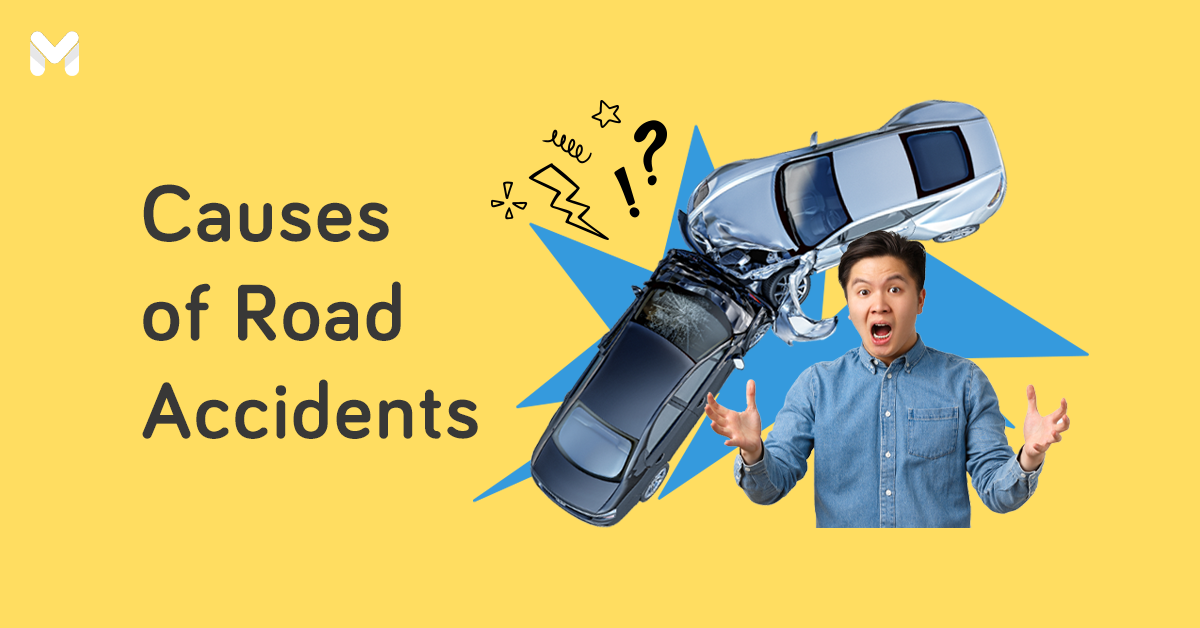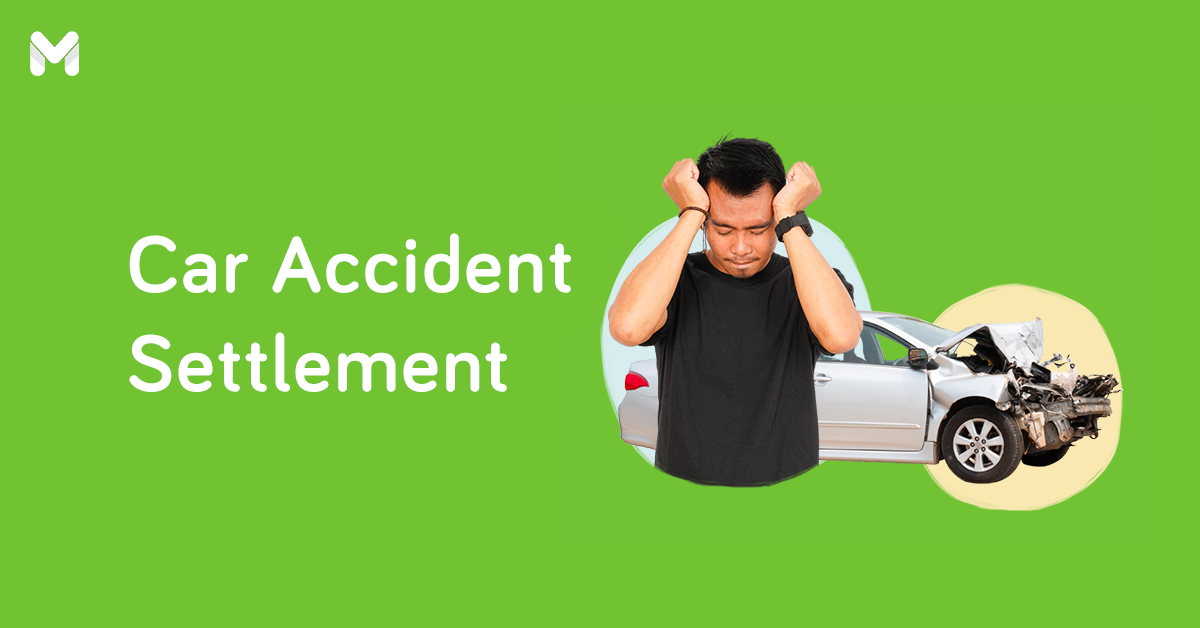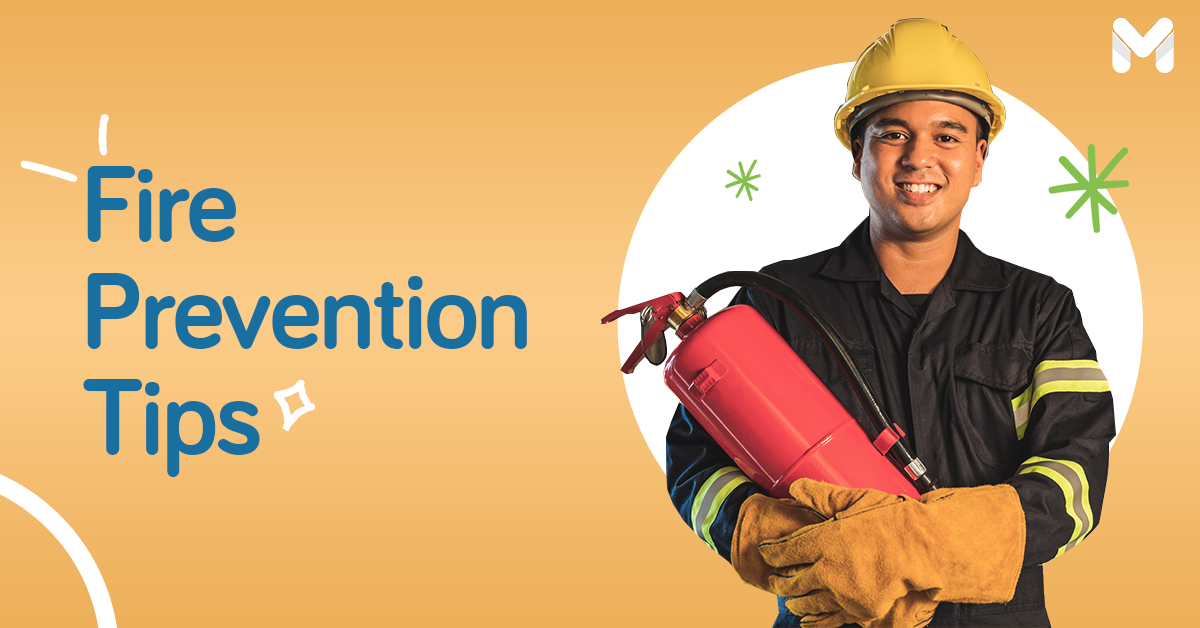You cannot tell when a fire will happen. Before you know it, the flames have spread, damaging the vicinity and endangering lives.
Fire extinguishers are your first line of defense. But how exactly do these fire protection devices work? Do they work on all kinds of fires?
In this article, you’ll learn the importance of fire extinguishers in the workplace and at home. This article will also discuss its types and advantages and disadvantages.
What is a Fire Extinguisher?
A fire extinguisher is a device used for extinguishing small fires or controlling their spread and damage before the firefighters arrive. It usually contains dry or wet chemicals specifically formulated to counter flames.
Fire extinguishers come in various sizes, but they’re generally portable. They’re usually located in accessible places, so people can quickly grab them in case of emergency.
Does a fire extinguisher expire? Yes, it does.
However, the lifespan of a fire extinguisher is generally long. If you’re wondering how many years is a fire extinguisher good for, know that a fire extinguisher can last between 10 and 12 years if its vessel is properly maintained.
Importance of a Fire Extinguisher: Where is a Fire Extinguisher Necessary?

Is it important to have a fire extinguisher at home? Yes—fires can happen anywhere, so a fire extinguisher is necessary in homes, shops, and offices, among others.
Place fire extinguishers across your property, including all the floors of your home, your garage, bedrooms, and most importantly, near a heat source such as the kitchen.
If you're running a business, you’ll have to secure a Fire Safety Inspection Certificate.[1] Fire extinguishers are among this certificate’s requirements.
There are also fire extinguishers designed for car owners. It may not seem immediately obvious that you need one, but remember that your car runs on fuel and some of its parts are made of combustible material.
Pros of Using a Fire Extinguisher
Here are just a few benefits of fire extinguishers:
👍 Useful During Emergencies
The importance of a fire extinguisher is evident during emergencies. In the hands of an alert individual, this device can control the size and spread of the fire before firefighters arrive. It can also completely kill small fires.
👍 Relatively Affordable
Fire extinguishers are relatively inexpensive, costing between ₱500 to ₱1,000. You can buy them online via shopping platforms like Lazada or Shopee.
👍 Portable
Fire extinguishers are light and portable, which means you can place them wherever necessary. Take them with you if you’re moving to a new home or office. You can even keep a smaller variant in your car.
👍 Easy to Use
Since fire extinguishers are lightweight and portable, anyone can singlehandedly operate them. Some extinguishers even come with instructions to guide those using them for the first time.
Check out this guide on how to use one:
Cons of a Fire Extinguisher
-Jun-19-2023-08-07-41-1959-AM.png?width=674&height=449&name=Pics%20for%20blog%20-%20600x400%20(2)-Jun-19-2023-08-07-41-1959-AM.png)
You can’t deny the benefits of fire extinguishers. However, they have drawbacks, such as the following:
👎 Not Meant for Larger Fires
How effective are fire extinguishers? Depending on its classification, a fire extinguisher may not be also able to combat certain kinds of fires.
In addition, extinguishers can’t combat larger fires or those that have already spread. And due to its limited capacity, it may run out before the fire is completely doused.
👎 Usually Messy
Some fire extinguishers can cause a serious mess. For instance, powder extinguishers release fine powder, which is hard and time-consuming to clean. Be careful not to open these extinguishers by accident.
👎 May Harm Others
While used as life-saving tools, fire extinguishers can potentially harm people. For example, carbon dioxide extinguishers may cause asphyxiation or deprivation of oxygen when used in an enclosed area. You may also get cold burns[2] if you accidentally touch the horn of the carbon dioxide extinguisher while using it.
Does a fire extinguisher explode? Yes, especially when it’s exposed to extremely high temperatures or is tampered with. As such, take special care when storing fire extinguishers.
Related reading:
- Everything You Need to Know About Non-Life Insurance in the Philippines
- Starting a Family? Consider These 10 Family Insurance Types
Before Getting a Fire Extinguisher: Know Your Fires
To effectively kill a fire, you need to know its type or category. Fires have six classifications:
- Class A – Fires under this category involve solid flammable materials, such as paper, wood, textile, plastic, and even dust.
- Class B – This fire classification involves combustible liquids like fuels (e.g., petroleum, gasoline, etc.) and paint.
- Class C – This includes fires involving gases, such as methane, propane, or butane.
- Class D – Fires under this classification involve metals, such as aluminum, sodium, potassium, magnesium, and lithium, among others.
- Electrical fires – As the name suggests, these fires involve electrical equipment.
- Class F – Fires under this category involve fats and cooking oils like lard, butter, and vegetable oil.
Types of Fire Extinguishers
-Jun-19-2023-07-57-30-2514-AM.png?width=675&height=450&name=Pics%20for%20blog%20-%20600x400%20(1)-Jun-19-2023-07-57-30-2514-AM.png)
Not all fire extinguishers are the same. They come in various types, each dousing specific kinds of fires.
Here are the basic types of fire extinguishers and their functions:
🔥 Water Fire Extinguisher
Water fire extinguishers use high-pressure water to douse fires. They’re also mixed with certain additives to increase effectiveness. They generally come in two types: water spray and dry water mist.
Water spray extinguishers are suitable for Class A fires or flames that involve solid materials, such as paper, plastic, and textile. However, they may not be suitable for fires that involve oil and electrical equipment.
On the other hand, dry water mist extinguishers can fight almost all kinds of fires.
🔥 Powder Fire Extinguisher
Powder fire extinguishers use dry chemical powder to combat fires. The ABC powder extinguisher is one of its most common kinds.
As the name suggests, the ABC powder extinguisher can fight class A, B, and C fires. However, it can also combat electrical fires since its powder does not conduct electricity.
🔥 Carbon Dioxide Fire Extinguisher
You can easily identify this fire extinguisher as it bears the text CO2. Fire extinguishers under this classification are designed to combat Class B and electrical fires. They work by displacing and reducing the amount of oxygen—an element that triggers fires—in the vicinity.[3]
🔥 Foam Fire Extinguisher
Foam fire extinguishers produce foam that can blanket flames while keeping the vapor from reignition. They’re made of water with foaming additives.
These fire extinguishers can combat class A and B flames.
🔥 Wet Chemical Fire Extinguisher
Wet chemical fire extinguishers usually contain water, potassium acetate, and potassium carbonate. These are suitable for killing class F fires, which possess extremely high temperatures. However, some variations are designed to combat class A flames.
Read more: 10 Fire Prevention Tips You Need to Know Now
Final Thoughts
Fires are destructive and fatal. But what makes them extra dangerous is their unpredictability. When you understand the nature of flames, you’ll appreciate the importance of a fire extinguisher more.
Add a layer of protection by getting fire insurance for as low as ₱1,500. Compare fire insurance coverage from different providers by using Moneymax’s comparison tool. Click the banner below to get started.
Sources:
- [1] Fire Safety Inspection Process
- [2] Everything You Need to Know About Ice Burn (Healthline)
- [3] Fire Triangle Definition (Safeopedia, 2020)










